In a landmark achievement for Vietnam’s community-based tourism, Lo Lo Chai village in Ha Giang Province has been crowned “Best Tourism Village in the World” by the United Nations Tourism Organization on October 17, 2025. This prestigious recognition places the small ethnic minority settlement on the global tourism map, highlighting its exceptional commitment to preserving cultural heritage while creating sustainable visitor experiences. Located near Vietnam’s northernmost point, Lo Lo Chai offers travelers a glimpse into authentic highland life through its distinctive architecture, vibrant traditions, and breathtaking mountain landscapes.
1. Lo Lo Chai Crowned World’s Best Tourism Village 2025
The announcement by UN Tourism represents a significant milestone for Vietnam’s rural tourism development and shines an international spotlight on the country’s lesser-known cultural treasures. This recognition acknowledges Lo Lo Chai’s remarkable achievements in balancing tourism growth with cultural preservation and community wellbeing.
1.1 The Award Announcement
On October 17, 2025, UN Tourism officially declared Lo Lo Chai as the world’s best tourism village during a ceremony held in Huzhou City, Zhejiang Province, China. The village emerged victorious among 270 applications from 65 countries worldwide, with judges particularly impressed by its authentic cultural offerings and sustainable tourism model. Vietnam’s Minister of Culture, Sports, and Tourism accepted the award alongside representatives from Lo Lo Chai village, marking a proud moment for the nation’s tourism industry.
The “Best Tourism Villages” initiative, launched by UN Tourism in 2021, aims to recognize rural destinations that embrace tourism as a driver for sustainable development. This year’s selection process evaluated candidates based on nine key criteria, including cultural and natural resources, economic sustainability, and tourism value chain integration. Lo Lo Chai’s victory places Vietnam at the forefront of responsible tourism development in Asia.
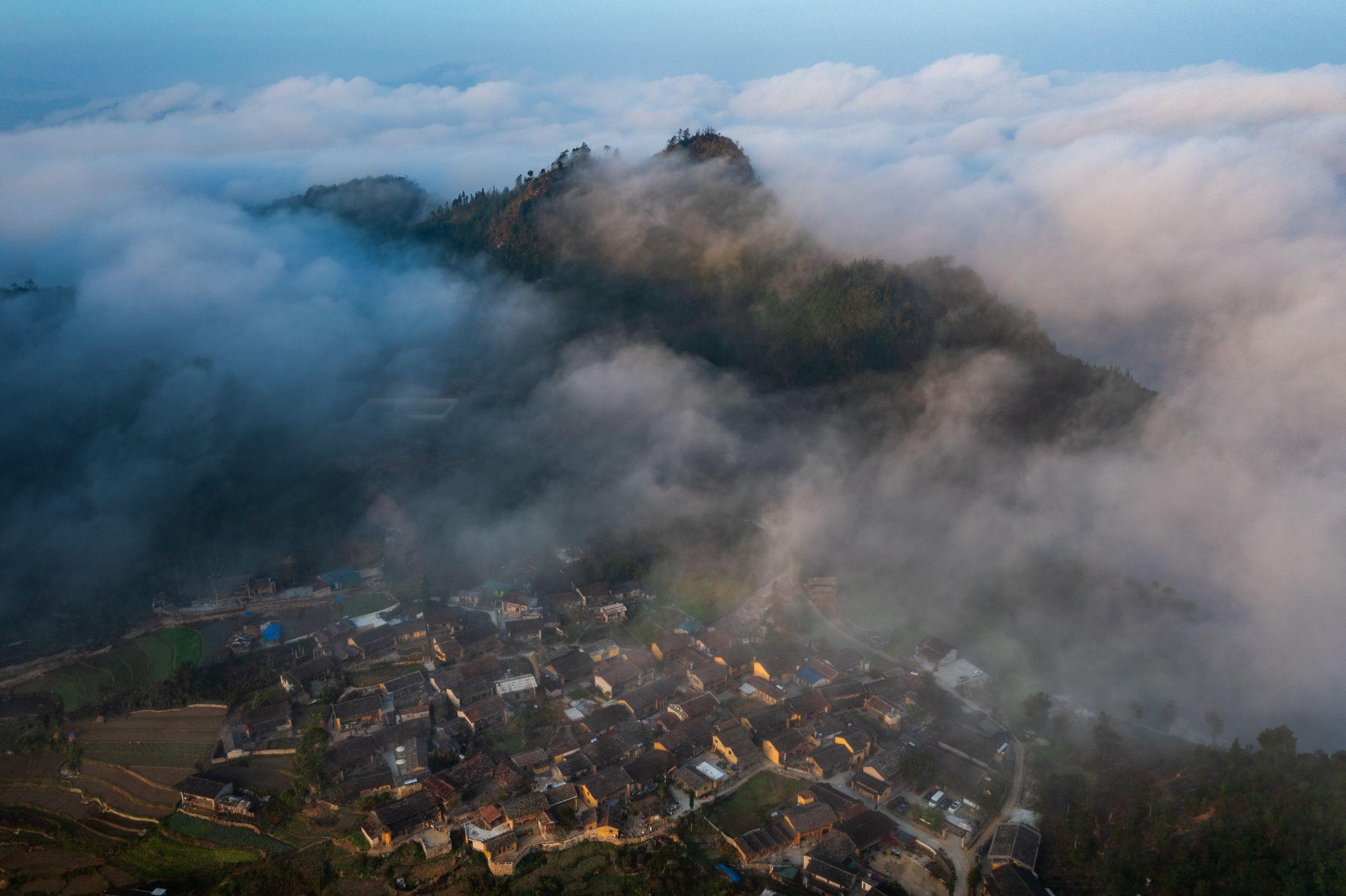
1.2 Why Lo Lo Chai Stood Out
Lo Lo Chai distinguished itself through its exceptional balance of authentic cultural preservation and community-led tourism development. The village’s successful implementation of a tourism model where 80% of revenue directly benefits local families impressed the international jury. Unlike many destinations where outside investors dominate tourism operations, Lo Lo Chai maintains local ownership of homestays, craft workshops, and cultural experiences.
The village’s commitment to environmental conservation has been equally remarkable. Local initiatives to minimize plastic waste, preserve water resources, and maintain traditional farming methods have created a sustainable ecosystem where tourism enhances rather than depletes natural resources. Additionally, Lo Lo Chai’s ongoing cultural heritage program has successfully engaged younger generations in preserving traditional crafts, language, and ceremonies that might otherwise fade away.
UN Tourism officials particularly praised the village’s approach to visitor management, which limits daily tourist numbers to ensure quality experiences without overwhelming the community. This careful balance between accessibility and preservation has created a model that other rural destinations worldwide are now looking to emulate.
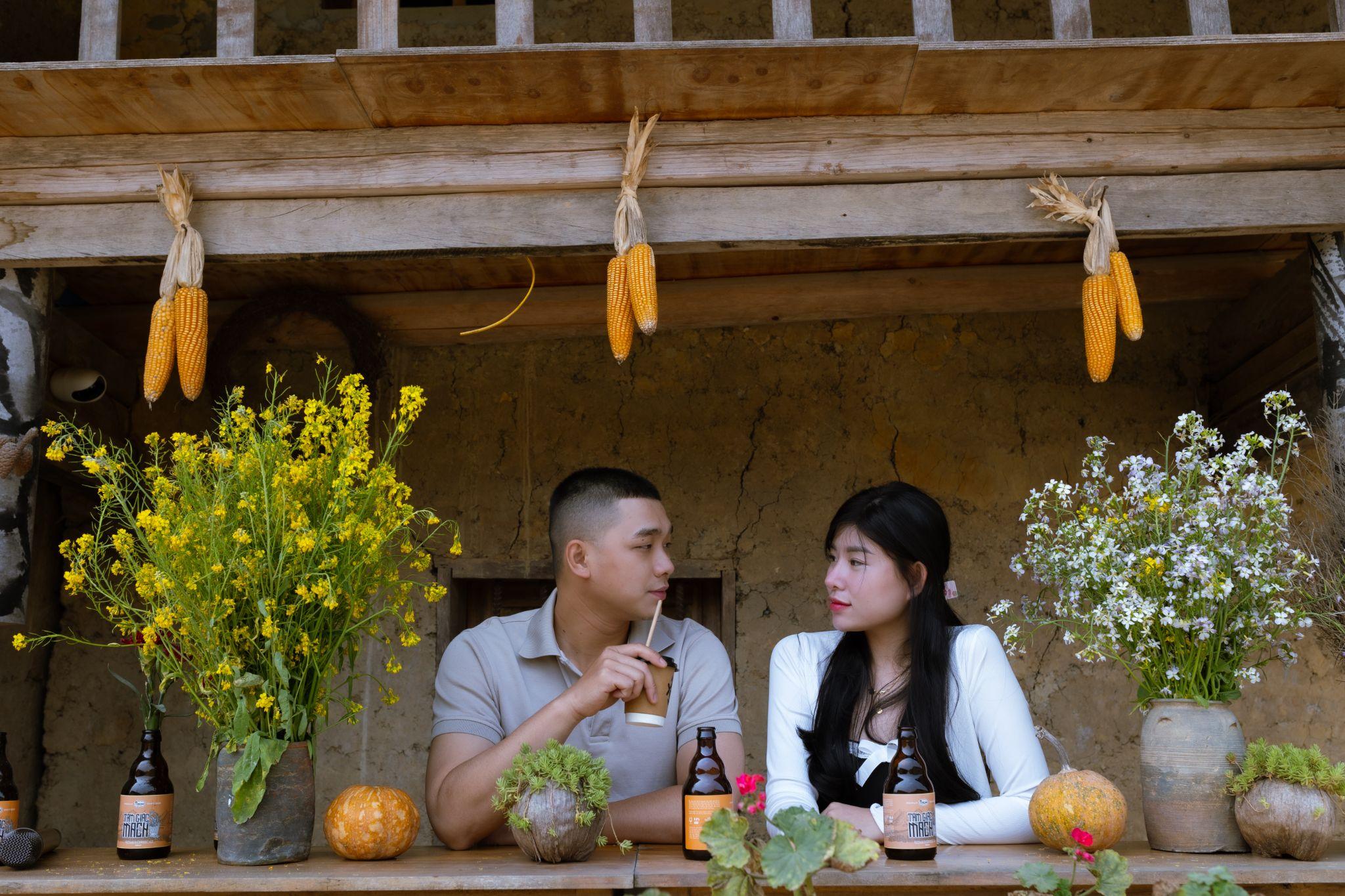
2. Portrait of Lo Lo Chai – Vietnam’s Northern Treasure
Nestled among limestone peaks and verdant valleys, Lo Lo Chai represents one of Vietnam’s most authentic cultural landscapes. Its remote location has helped preserve traditions while its natural beauty captivates visitors from around the world.
2.1 Where Is Lo Lo Chai?
Lo Lo Chai sits at the foot of Dragon Mountain in Lung Cu Commune, Dong Van District, Ha Giang Province – approximately 400 kilometers north of Hanoi. Positioned at an elevation of 1,600 meters above sea level, the village enjoys a cooler climate than much of Vietnam. Its location just 3 kilometers from the iconic Lung Cu Flag Tower (Vietnam’s northernmost point) and merely 2 kilometers from the Vietnam-China border gives the village significant geographical importance.
The journey to Lo Lo Chai typically involves traveling the famous Ha Giang Loop, one of Vietnam’s most spectacular motorbike routes. After reaching Dong Van town, visitors continue northward through dramatic karst landscapes characteristic of the UNESCO-recognized Dong Van Karst Plateau Geopark. The final approach reveals Lo Lo Chai nestled within a valley surrounded by terraced fields and limestone peaks that create a natural protective boundary around the settlement.
The village’s remote setting has historically isolated it from rapid modernization, allowing for the preservation of cultural practices that have disappeared elsewhere. This geographical isolation, once a challenge, has become Lo Lo Chai’s greatest asset in developing sustainable tourism based on authentic cultural experiences.
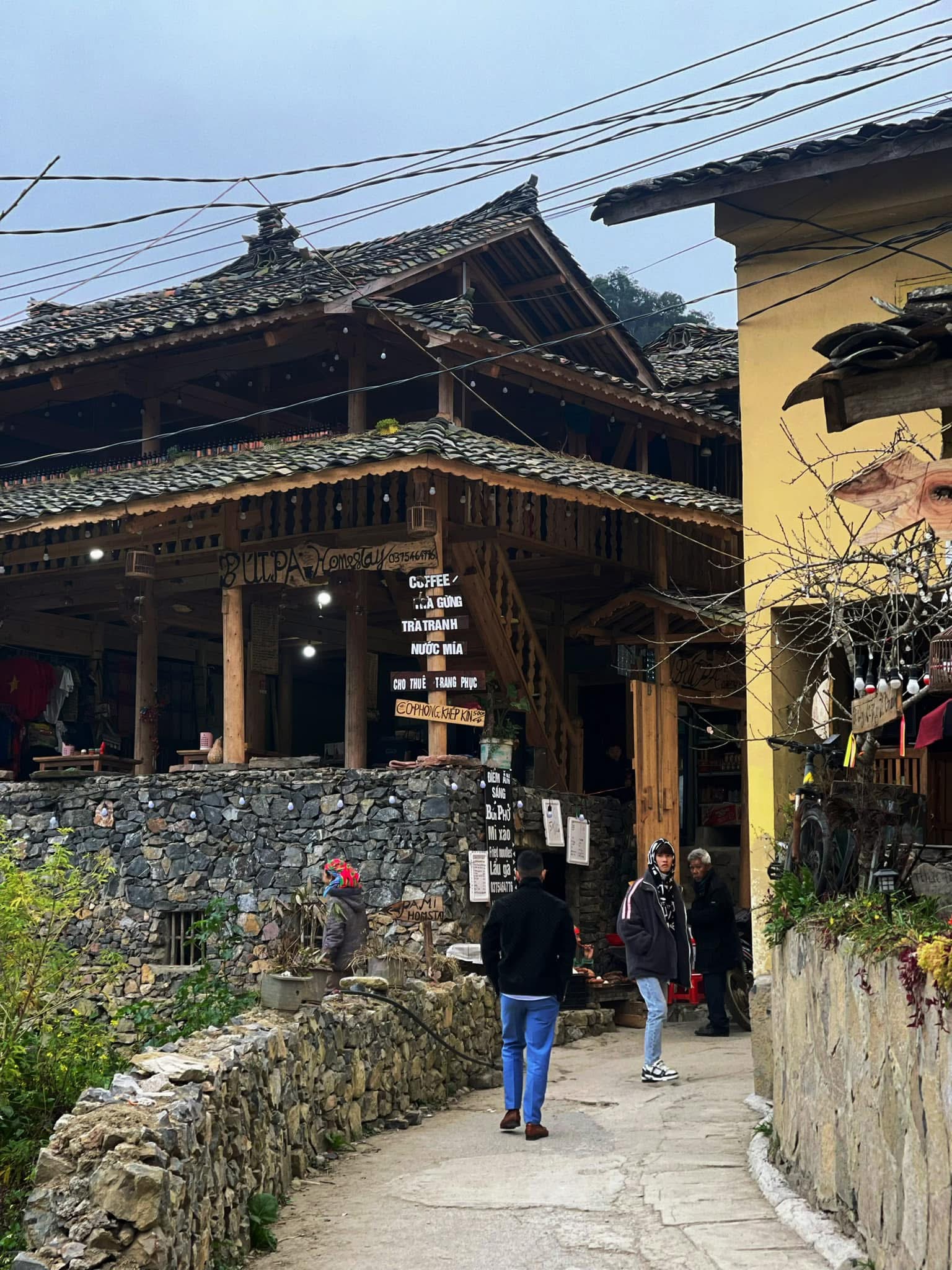
Ready for an unforgettable adventure? Book Now Ha Giang Loop Tour with Phieu Travel and explore northern Vietnam like never before!
Book Now Ha Giang Loop Tour
2.2 Village Layout and Architecture
Lo Lo Chai comprises approximately 60 households arranged in a traditional layout that reflects centuries of adaptation to mountain topography. The village design follows feng shui principles, with homes positioned to face favorable directions while being protected from harsh elements by surrounding peaks.
The most distinctive feature of Lo Lo Chai is its traditional rammed earth architecture. Houses are constructed using a mixture of clay, lime, and straw compacted into solid walls up to 40 centimeters thick. These earthen structures provide excellent natural insulation, keeping interiors cool during summer and warm in winter. Complementing these walls are wooden frames, intricately carved with Lo Lo motifs, supporting sturdy tile roofs. Stone fences surround each property, creating clear boundaries while adding to the village’s distinctive aesthetic.
Each home typically features three rooms – a central living area with an ancestral altar and two side chambers for sleeping and storage. The kitchen area, often partially open-air, contains a traditional hearth where families gather for meals and conversation. Notable architectural elements include raised wooden floors, decorative doorways, and small windows that limit heat loss during cold mountain nights.
Despite modernization in surrounding areas, Lo Lo Chai has maintained its architectural integrity through community agreements that limit changes to traditional structures. Recent restoration efforts, supported by heritage conservation groups, have helped repair older homes using traditional techniques, ensuring the village’s visual character remains intact for future generations.
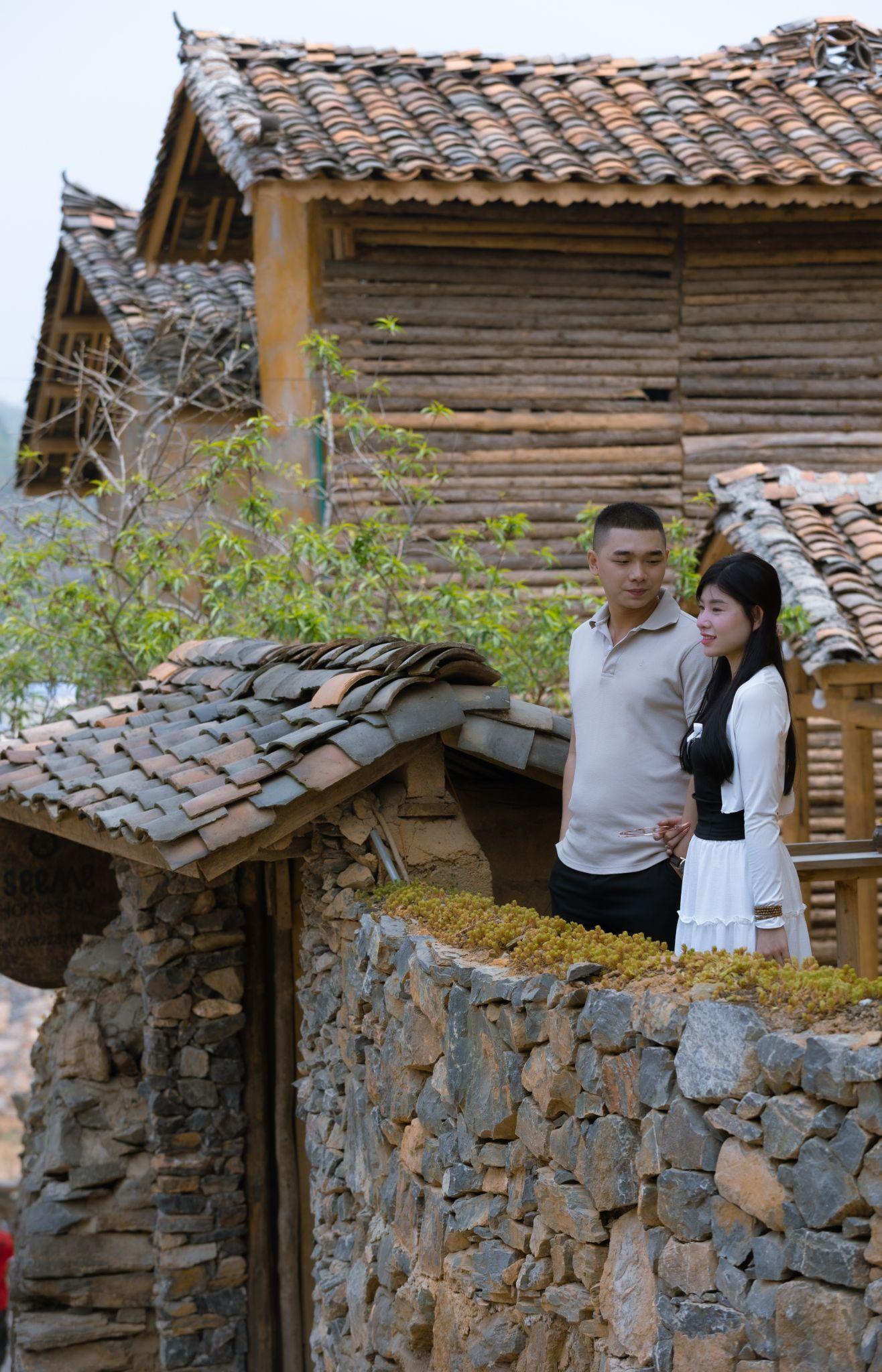
3. The Soul of Lo Lo Chai – People, Culture & Festivals
Beyond its physical beauty, Lo Lo Chai’s greatest treasure lies in its vibrant cultural heritage and the warmth of its people. The village offers visitors an authentic window into traditions that have remained largely unchanged for centuries.
3.1 Lo Lo Ethnic Minority Profile
The Lo Lo people represent one of Vietnam’s smallest ethnic groups, with a population of approximately 4,000 nationwide. In Lo Lo Chai, about 300 residents maintain distinct cultural practices that set them apart from neighboring ethnic communities. Their language belongs to the Sino-Tibetan family and contains unique tonal qualities that linguists consider valuable for understanding regional language development.
The most visible expression of Lo Lo identity comes through their traditional clothing. Women wear elaborate headdresses decorated with silver coins, indigo-dyed shirts with distinctive embroidery patterns, and colorful pleated skirts that can contain up to 15 meters of fabric. Men traditionally wear indigo jackets with embroidered collars and loose-fitting pants suitable for farming in mountainous terrain. Each decorative element on these garments contains symbolic meaning, often representing natural elements or spiritual beliefs.
Craft traditions remain central to Lo Lo Chai’s cultural identity. Residents practice distinctive forms of textile production, including brocade weaving using handmade looms, indigo dyeing with locally grown plants, and intricate embroidery techniques passed down through generations. Other significant crafts include bamboo weaving, silversmithing, and woodcarving – all using traditional methods that predate modern tools.
The Lo Lo culinary tradition features dishes adapted to highland agriculture, with corn, rice, and mountain vegetables forming dietary staples. Specialties include “men men” (steamed corn powder), “thang co” (a hearty meat soup), and “chao au tau” (a sticky rice dish cooked in bamboo tubes). Traditional food preservation methods, including smoking and fermentation, demonstrate ingenious adaptations to mountain environments where fresh ingredients can be scarce during winter months.
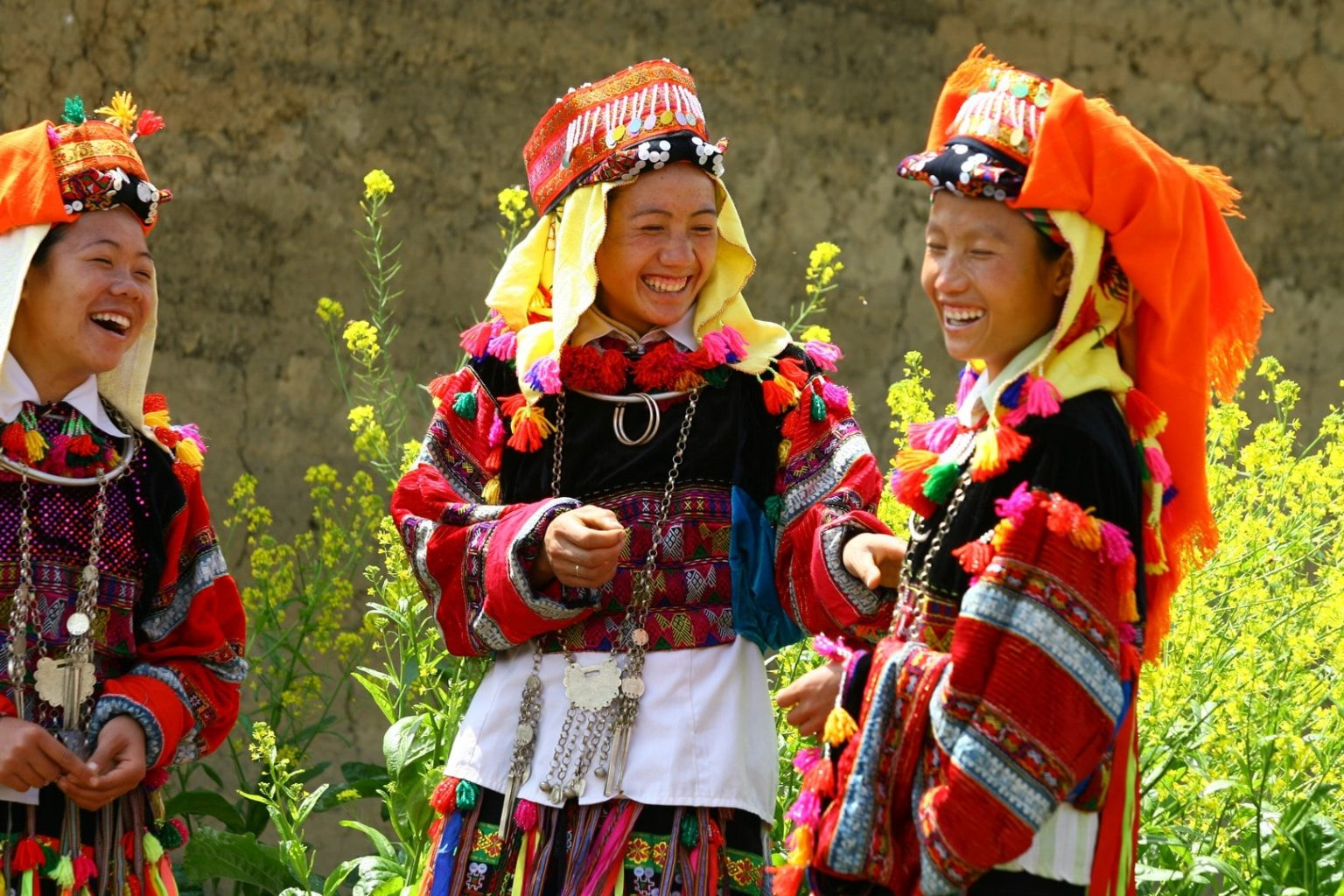
3.2 Festivals & Traditions
Lo Lo Chai’s annual calendar revolves around agricultural cycles and spiritual observances that bring the community together through shared ritual and celebration. The most important ceremony is the New Rice Festival (held in October), marking harvest completion when families present newly harvested rice to ancestors before sharing festive meals with neighbors.
The Spring Festival, coinciding with Lunar New Year, features elaborate rituals to ensure prosperity in the coming agricultural cycle. During this multi-day celebration, homes are decorated with special paper ornaments, ceremonial offerings are made at household altars, and community performances take place in the village center. The festival includes traditional games, folk singing competitions, and ritualized storytelling that preserves oral history.
Bronze drum music forms a distinctive element of Lo Lo cultural heritage. These ancient instruments, played during important ceremonies, produce resonant sounds believed to communicate with ancestral spirits. Traditional dances often accompany drum performances, with movements mimicking agricultural activities or natural elements like wind and flowing water.
Visitors to Lo Lo Chai can now participate in festival activities through carefully designed cultural programs. Local guides explain ceremonial significance while inviting appropriate guest participation in selected activities such as traditional games, communal meals, or simple craft workshops. This approach allows authentic cultural sharing while maintaining the integrity of sacred or private practices that remain reserved for community members.
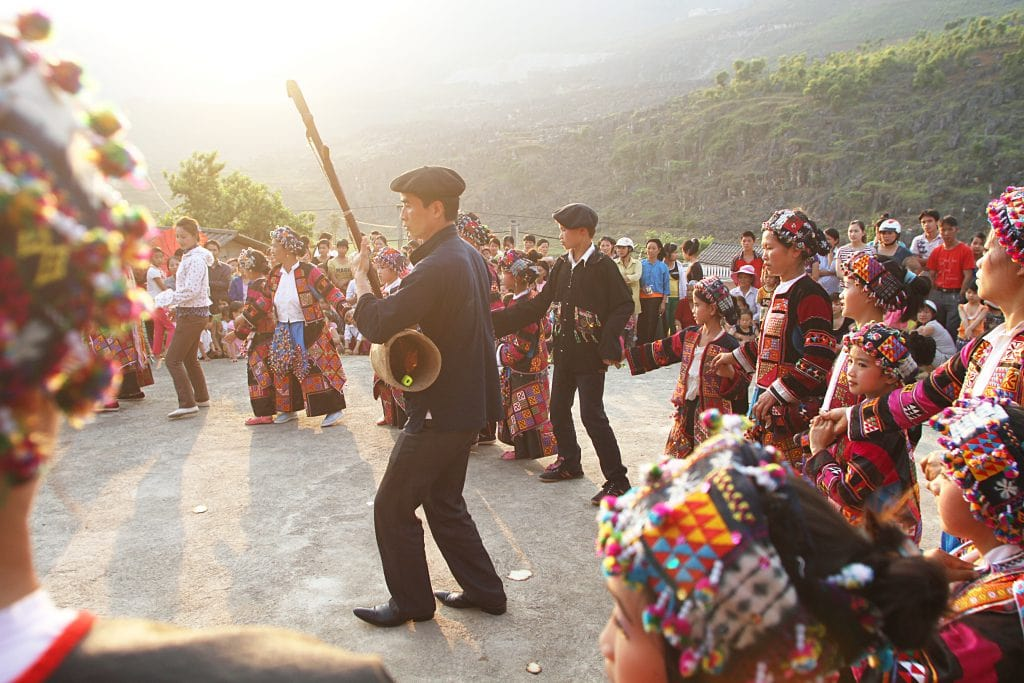
4. Visitor Experience & Sustainable Tourism in Lo Lo Chai
The village’s thoughtful approach to tourism development has created meaningful experiences for travelers while ensuring benefits flow directly to local families. By emphasizing quality over quantity, Lo Lo Chai offers authentic encounters rarely found in more commercialized destinations.
4.1 What Visitors Can Do
Travelers to Lo Lo Chai can engage in a variety of activities that provide genuine insights into local life while supporting the community economy. Homestay experiences form the cornerstone of most visits, allowing guests to lodge with local families in traditional homes. These accommodations, while simple, offer comfortable sleeping arrangements on raised wooden platforms with clean bedding and mosquito nets. Hosts prepare traditional meals using local ingredients, often inviting guests to assist with cooking techniques handed down through generations.
Craft workshops provide hands-on cultural experiences where visitors learn basic techniques in brocade weaving, embroidery, or bamboo crafting under the guidance of village artisans. These two-hour sessions typically include materials, instruction, and a small finished product to take home. For those interested in agricultural traditions, seasonal farming activities allow participation in rice planting, harvesting, or corn processing depending on the time of year.
Guided village walks with local historians reveal Lo Lo Chai’s architectural features, community spaces, and natural surroundings. These tours typically include visits to the community hall where bronze drums are displayed, traditional garden plots growing medicinal herbs, and viewpoints overlooking terraced fields. More active travelers can arrange hiking excursions to nearby peaks, including the path to Lung Cu Flag Tower offering panoramic border views.
Cultural performances organized by the village cultural preservation committee showcase traditional music, dance, and storytelling. Unlike performances in tourist centers elsewhere, these presentations take place in authentic settings and involve multiple generations of performers, demonstrating how traditions are being preserved through active practice rather than staged recreation.
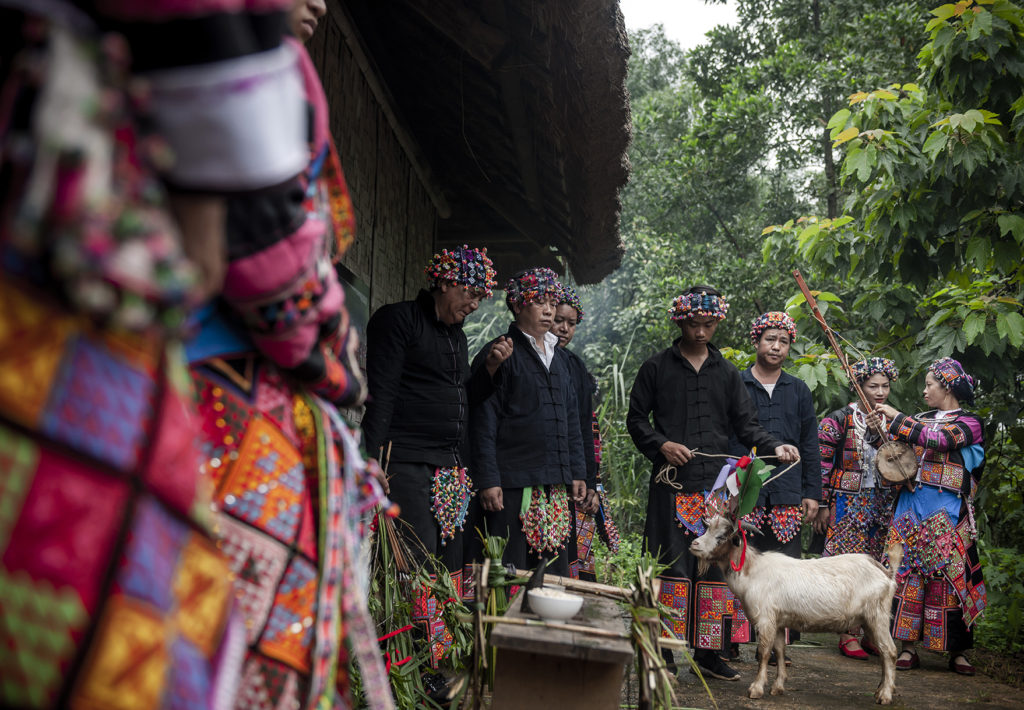
4.2 Responsible & Season-Based Travel
Visiting Lo Lo Chai responsibly requires understanding both cultural sensitivities and practical considerations. The village community has established clear guidelines requesting that visitors dress modestly, ask permission before photographing residents, and refrain from entering homes without invitation. Visitors are encouraged to learn basic greetings in the Lo Lo language as a sign of respect and to engage meaningfully with hosts rather than treating the village as merely a photographic backdrop.
Seasonal considerations significantly impact the visitor experience. Spring (February-April) brings blooming forest flowers and important festivals but can feature misty conditions that sometimes obscure mountain views. Summer (May-August) offers lush green landscapes and agricultural activities but occasional heavy rainfall may affect accessibility. Autumn (September-November) provides the most dramatic scenery with golden rice terraces and clear skies, while winter (December-January) offers crisp mountain views but requires warm clothing for comfort in temperatures that can drop below 10°C.
The community-led tourism model established in Lo Lo Chai ensures environmental and cultural sustainability through several key mechanisms. A village tourism management board, elected by residents, oversees visitor numbers and distribution of homestay bookings to ensure equitable benefits. A portion of all tourism revenue (approximately 10%) funds a community development fund supporting cultural preservation projects, infrastructure improvements benefiting all residents, and educational scholarships for village youth.
Through collaboration with organizations like Phieu Travel, Lo Lo Chai has developed balanced itineraries that distribute visitors throughout the week rather than creating weekend overcrowding. This scheduling approach, combined with advance booking requirements for all overnight stays, maintains the village’s peaceful atmosphere while ensuring quality experiences for both hosts and guests.
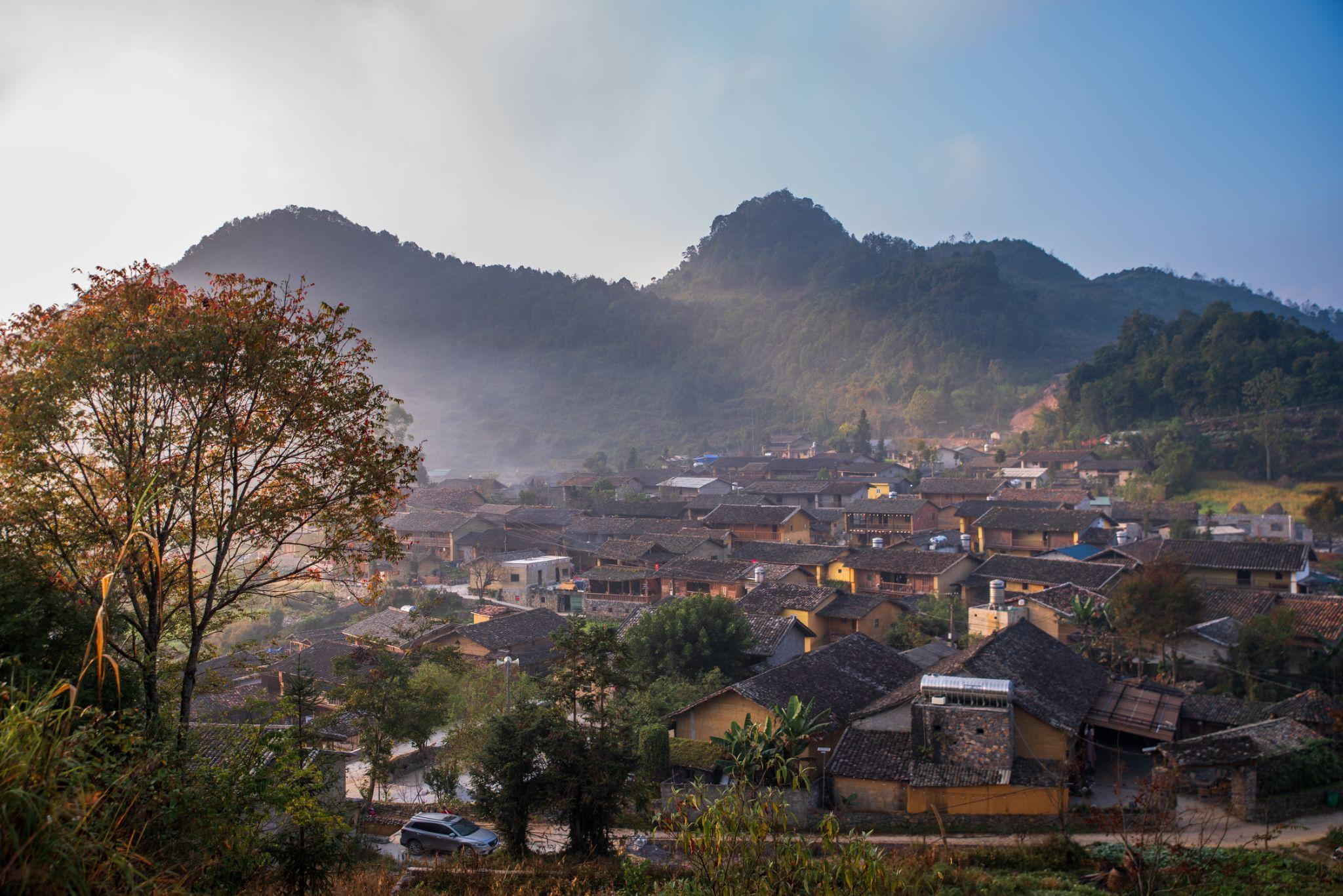
Lo Lo Chai’s recognition as the World’s Best Tourism Village 2025 represents not just an accolade but validation of a community’s thoughtful approach to sharing their heritage while securing their future. The village demonstrates how remote destinations can engage with global tourism on their own terms, creating economic opportunities without sacrificing cultural authenticity or environmental integrity.
For travelers seeking meaningful connections beyond mainstream destinations, Lo Lo Chai offers a rare opportunity to experience one of Vietnam’s most distinctive cultural landscapes. The village’s careful balance of preservation and sustainable development ensures that its unique heritage will continue to thrive for generations to come.
Phieu Travel, as a specialized operator in Ha Giang Province, offers expertly guided journeys to Lo Lo Chai that respect the village’s visitor management practices while providing travelers with insider knowledge and cultural context. Through responsible tourism partnerships like these, Lo Lo Chai continues building a future where tradition and innovation work hand in hand, creating a model worthy of its world-leading recognition. To explore Lo Lo Chai and other authentic destinations throughout Northern Vietnam with local expertise, visit Phieutravel.com for customized itineraries that support community-based tourism initiatives.
Read more:
- Pho Cao Ha Giang: A Vibrant Ethnic Market on the Karst Plateau
- 10 Mistakes to Avoid When Traveling to Ha Giang by Motorbike
- Ha Giang Easy Rider – Private Motorcycle Driver: The Ultimate Guide

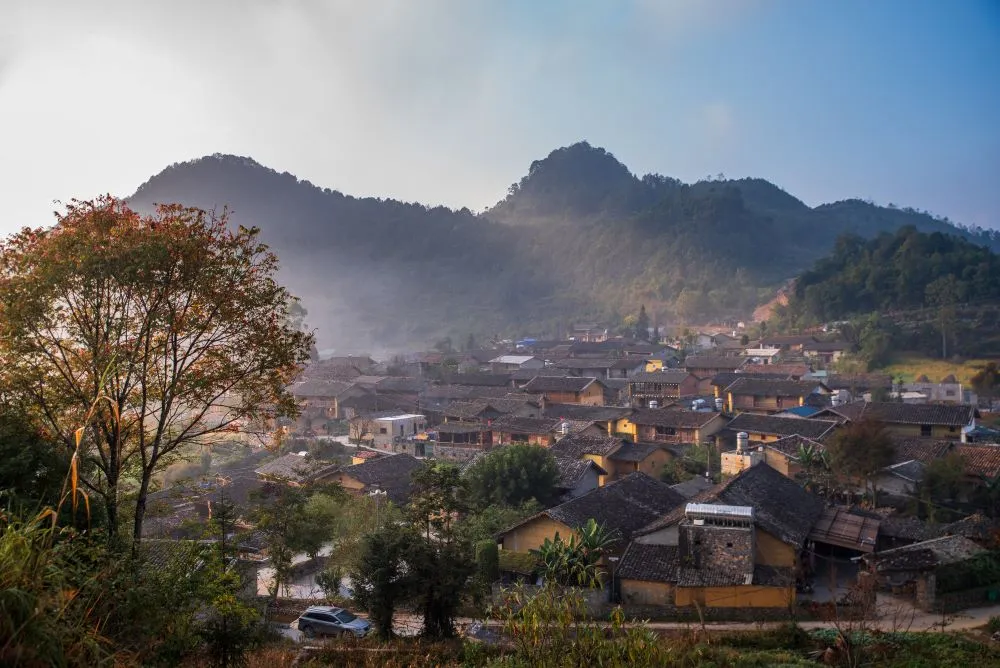
You Might Also Like
Ha Giang Weather in September: Complete Guide for Travelers
Exploring the magnificent Ha Giang Loop in September offers travelers a perfect balance of favorable[...]
Quan Ba Twin Mountains: Ha Giang’s Iconic Fairy Hills and Complete Travel Guide
The mystical Quan Ba Twin Mountains rise from the emerald valleys of Ha Giang like[...]
Vuong family mansion: the architectural marvel and cultural legacy of Ha Giang
Deep in Vietnam’s northern highlands, where mist-shrouded mountains meet terraced rice fields, stands a testament[...]
Ha Giang Loop Safety Tips: How to Ride Securely in Vietnam’s Northern Mountains
The Ha Giang Loop, with its winding mountain roads and breathtaking landscapes, offers one of[...]
The Ultimate Guide to the M-Shaped Curve on Ha Giang Loop
Vietnam’s remote northern province of Ha Giang hides a natural wonder that has captivated adventurous[...]
Most Beautiful Places to Visit in Vietnam: Essential Destinations and Insider Tips
Vietnam captivates travelers with its stunning landscapes, rich cultural heritage, and warm hospitality. From mist-shrouded[...]
Beyond the Beaten Path: Discovering Ha Giang Province in Northeast Vietnam
Ha Giang Province in Northeast Vietnam stands as one of the country’s last frontiers for[...]
Rainy season in Ha Giang: what to expect, when to go, and travel tips
Vietnam’s northern frontier reveals a different face during the rainy season, transforming Ha Giang’s limestone[...]